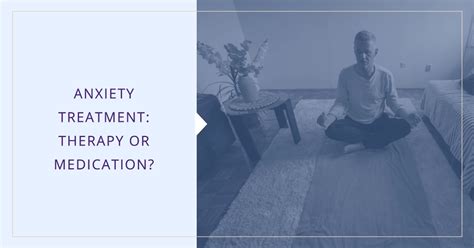Introduction
The American Kennel Club survey in 2021 revealed that 72% of pet owners have witnessed anxiety in their furry companions. As a response to this growing concern, pet anxiety massage therapy is gaining popularity as a promising alternative to medication. This article delves into the fascinating world of pet anxiety massage therapy and its potential benefits.

Understanding Pet Anxiety
Anxiety in pets can manifest in a multitude of ways, including pacing, panting, excessive barking or meowing, and destructive behavior. The trigger can be anything from thunderstorms to separation from their owners.
Causes of Pet Anxiety
- Environmental Factors: Loud noises, changes in routine, unfamiliar environments
- Medical Conditions: Pain, allergies, gastrointestinal issues
- Separation Anxiety: Prolonged absence of their owner
- Trauma: Past negative experiences
- Breed Predisposition: Certain breeds, such as herding dogs and sight hounds, are more prone to anxiety
Massage Therapy for Pet Anxiety
Massage therapy offers a holistic approach to calming anxious pets. It involves the application of gentle pressure and manipulation of muscles and soft tissues to relieve tension and promote relaxation.
Benefits of Massage Therapy for Pets
- Reduces Stress Hormones: Massage releases endorphins, which have calming effects, and lowers levels of stress hormones like cortisol.
- Promotes Physical Relaxation: The physical manipulation of muscles and tissues helps relieve muscle tension and pain, which can contribute to anxiety.
- Stimulates Sensory Nerves: Massage activates sensory nerves, providing a calming and soothing sensation.
- Enhances Bonding: Massage fosters a sense of connection and trust between the pet and the therapist, creating a relaxing environment.
Steps for Pet Anxiety Massage Therapy
- Prepare Environment: Create a calm and quiet space where the pet feels comfortable.
- Start Gradually: Begin with short, gentle strokes that mimic the pet’s heartbeat.
- Apply Pressure: Use varying degrees of pressure, from light to firm, depending on the pet’s tolerance.
- Follow Pet’s Cues: Pay attention to the pet’s body language and adjust the intensity or technique accordingly.
- Massage Duration: Aim for a 15-20 minute session, or as long as the pet seems to enjoy it.
Massage Therapy VS Medication for Pet Anxiety
Comparison Table
| Feature | Massage Therapy | Medication |
|---|---|---|
| Holistic Approach | Yes | No |
| Long-Term Effects | Potential for lasting improvement | Temporary relief |
| Side Effects | Minimal to none | Can have side effects |
| Cost | Can vary depending on therapist | Prescription costs |
| Suitability | May not be suitable for all pets | Typically a veterinarian’s prescription |
Case Study
A study published in the Journal of the American Veterinary Medical Association found that massage therapy significantly reduced anxiety-related behaviors in shelter dogs. The dogs showed decreased pacing, barking, and licking after receiving a 15-minute massage session.
Highlight and Standout Points
- Early Intervention: Massage therapy can be an effective early intervention before anxiety escalates into more severe issues.
- Customizable Approach: Massage therapy can be tailored to meet the specific needs of each pet, adjusting pressure and techniques based on their comfort levels.
- Gentle and Non-Invasive: Massage therapy is a safe and gentle technique that does not require any invasive procedures or medication.
- Empowerment for Owners: Pet owners can learn basic massage techniques to provide comfort to their anxious pets in between professional sessions.
FAQs
- Is massage therapy safe for all pets? Generally, yes, but it’s best to consult with a veterinarian before starting therapy to rule out any underlying medical conditions.
- How often should I give my pet a massage? The frequency will vary depending on the pet’s needs. Once or twice a week is a good starting point.
- Can I learn to massage my pet myself? Yes, with proper guidance from a certified animal massage therapist, you can learn basic techniques to provide comfort to your pet.
- How long will it take to see results? Results can vary depending on the severity of the anxiety and the individual pet. However, many owners report noticeable improvements within a few sessions.
- What are the potential side effects of massage therapy? Massage therapy has minimal to no side effects if performed properly. However, some pets may experience temporary discomfort if excessive pressure is applied.
- Is massage therapy more effective than medication? Massage therapy is not meant to replace medication, but it can be a complementary approach. In some cases, it may reduce the need for medication or provide additional relief.
Conclusion
Pet anxiety massage therapy is a promising alternative to medication for managing pet anxiety. Its holistic approach, potential for lasting improvement, and minimal side effects make it a valuable tool for pet owners. By understanding the causes and triggers of pet anxiety, pet owners can work with certified animal massage therapists to develop a personalized massage plan to improve their furry companion’s well-being.





















